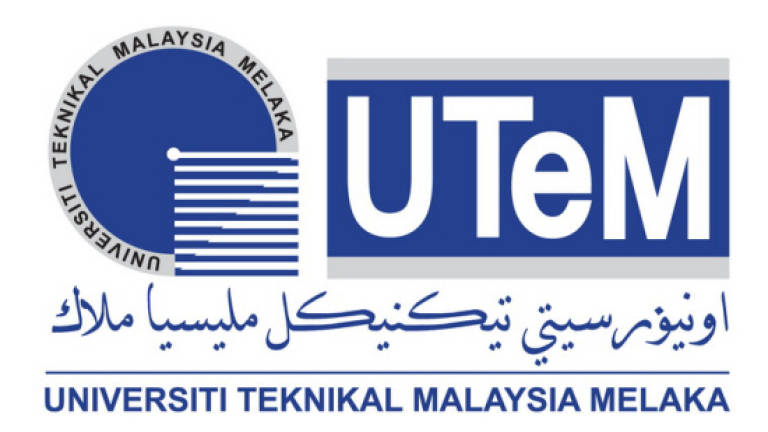UTeM-Japan collaboration, engineering specialist catalyst

MALACCA: Universiti Teknologi Malaysia Melaka's (UTeM) intention to collaborate with Japan in the Kuala Lumpur-Singapore High Speed Rail (KL-SG HSR) project is a golden opportunity that could become a catalyst in the advancement of engineering expertise in the university.
Its vice-chancellor, Prof Datuk Dr Shahrin Sahib said UTeM could expose its teaching manpower through job placements with leading industrial players while working together with numerous parties, especially from institutions of higher learning and well-known industrial players in Japan.
He said the opportunity to work with Japan, a country known for pioneering technology, provided a platform to produce encouraging outcome in the effort to boost the engineering expertise in the university to prepare for the challenges of the Fourth Industrial Revolution.
Shahrin said this was evident when UTeM had gained promising results, especially in its efforts to boost its expertise with collaborations established with Japanese universities such as the Yokoshima National University, University of Tokushima and leading industry players such as Konica Minolta Inc all this while.
"Currently, 18 of our academic staff are pursuing higher education in Japan. In line with this development, UTeM has also offered 'Japanese as a Third Language' programme.
"Through the collaboration and initiatives carried out, we are imbuing the Japanese work culture that is known for their perseverance and high sense of discipline," he said in an interview with Bernama.
Recently, Bernama had reported that Japan aimed to cooperate with three local universities, including UTeM, as partners to establish training centres to produce a skilled workforce for the project, in which the move would be the core of technology transfer and human capital development from Japan, if the country wins the project's contract bid.
The other two universities chosen are Universiti Teknologi Malaysia (UTM) and Universiti Tun Hussein Onn Malaysia (UTHM).
Shahrin said the opportunity to learn the technology behind Japan's 'Shinkansen' or colloquially known in English as the bullet train, among others, enabled UTeM to learn more efficiently and effectively about the operation management of an advanced engineering system.
He noted that in shouldering the responsibility as a hub for human capital development and technology transfer for the project, UTeM also required more strategic networking gained from cooperation with numerous parties.
"Apart from infrastructure development to increase the capacity of UTeM's labs, we also have labs for specialised technology at each faculty. The exchange of staff among universities and industry players also had to be continued and expanded.
"The KL-SG HSR project involved main engineering fields, namely, manufacturing, electrical, electronics, mechanical, technology engineering and information communication technology that were also offered at the university.
"The technology generated from the project will increase our exposure in specialised fields, for instance, involving the electronic system, telecommunication system and industrial energy. In turn, this will boost the quality of the university's expertise," he said.
The project, a joint effort between Malaysia and Singapore, estimated to cost between RM50 billion and RM60 billion, is scheduled to begin operations by 2026 and is able to reduce the travel time between Kuala Lumpur and Singapore to 90 minutes compared to between four and five hours by road.
In preparing UTeM, Shahrin said as a technical university, it constantly adopted an open approach in receiving new technology to prepare the university for the challenges of the Fourth Industrial Revolution.
He said UTeM focussed on technical higher education, especially in the field of core engineering, of which the technology of the KL-SG HSR project perfecting suited the focus of the university.
"UTeM has established numerous collaborations with leading local and international industry key players, proving its capacity to carry out various high impact projects, particularly for local residents.
"For instance, UTeM has forged strategic collaborations with high technology industry key players such as Samsung, Infineon, Siemens, Lotus, STMicroelectronics and Composites Technology Research Malaysia (CTRM)," Shahrin said.
He added that the university also had various engineering technology expertise, particularly in the main thrust areas of the university, namely advanced manufacturing and computing that could benefit the KL-SG HSR project. — Bernama